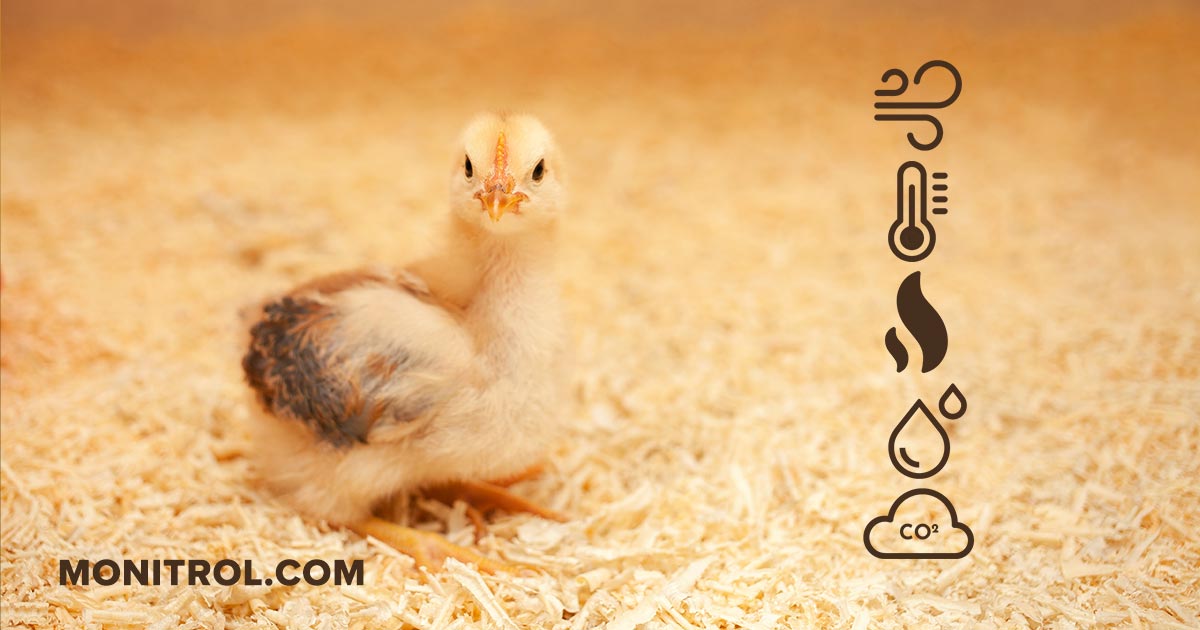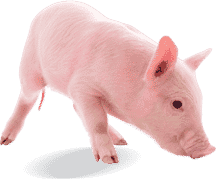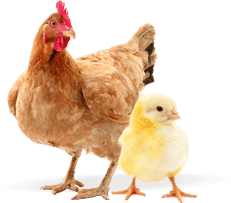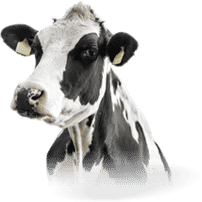Key Environmental Factors for Chick Thermal Comfort

Optimizing the Thermal Environment for Day-Old Chicks for Optimal Health and Performance
Key Environmental Factors for Chick Thermal Comfort:
Relative Humidity (RH): In addition to air temperature, relative humidity plays a crucial role in chick heat loss or gain. High RH can cause thermal stress, while low RH can lead to cold stress. Adjusting temperatures based on the house’s RH is essential.
Air Movement: Air movement is another significant factor for chick thermal comfort. Circulating warm air during rearing can prevent chicks from cooling down and improve air quality and bird health.
Effect on Litter: Air circulation during rearing can also impact litter quality. Temperature and humidity stratification can be challenging. Air circulation can help bring down drier air and improve litter conditions.
Positive Impact of Circulation Fans: Studies have shown that using circulation fans can enhance litter quality and bird health. Airspeeds of 150 feet/min above the litter can increase litter drying rates.
Benefits of Air Circulation: Mixing warm and cool air to maintain more uniform conditions.
Reducing litter humidity, improving paw quality, and lowering ammonia levels.
No negative effects on chicks if house temperatures are appropriate.
Conclusion: Optimizing the thermal environment for day-old chicks is crucial for optimal performance and health. By challenging traditional management practices, such as chick air circulation, we can improve conditions in modern poultry farming and meet the needs of the birds.
This article is based on the research of Michael Czarick and his colleagues Connie Mou and Brian Fairchild from the University of Georgia.




